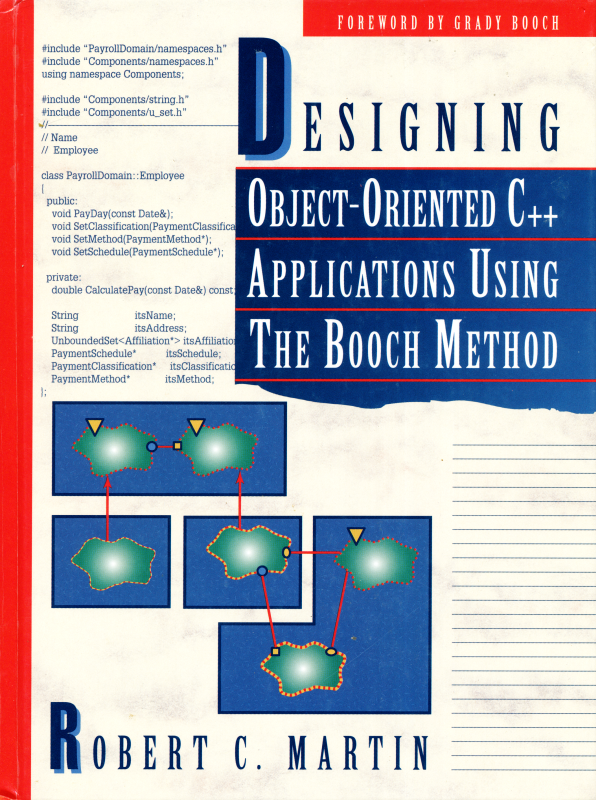What do you think?
Rate this book


512 pages, Hardcover
First published February 15, 1995
"Abstraction is the elimination of the irrelevant and the amplification of the essential." (Martin's emphasis)For years, I thought that the quote came from Agile Principles, Patterns, and Practices in C#, but it turns out that that book only contains an echo of the quote. The real source is page 9 in Designing Object Oriented C++ Applications Using The Booch Method.